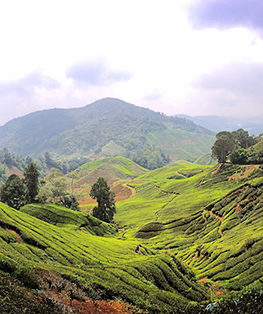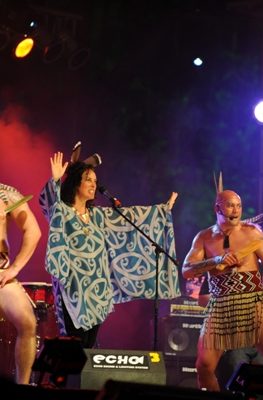Published on February 15, 2014
On the 15th day of the Chinese New Year, the city of Singkawang in West Kalimantan came alive with sparkling festivities as the Cap Go Meh celebrations began on 14th February 2014. This was a special day for the Chinese ethnic group not only in Singkawang, but also those for who came in droves from other cities all across the archipelago and from neighbouring Malaysia, Singapore and Thailand.
Literally translated as the 15th day of the first month of the year (Cap = ten, Go= five, Meh = Night), the Cap Go Meh is the pinnacle of the Chinese New Year Celebration series, at the same time its closing, which started from the first day of the New Year (Imlek). For the Chinese in Indonesia, the New Year, or Imlek, is regarded as the time to devoutly thank God and to pray for a better year, while Cap Go Meh is the time for celebrations.
But what makes Cap Go Meh in Singkawang so special is that the peak of the festival and of the entire Lunar New Year series of celebrations is highlighted with the parade of the ancient art of Tatung.
Intended to repel misfortunes for the rest of the year, Tatung is the principle medium of the Cap Go Meh ritual to reject evil spirits, cleansing the town and the temples from evil. During the Tatung rituals, its participants will enter into a trance and perform many unbelievable stunts, such as stepping on a sword, or sticking steel wires or nails into their cheeks. This is quite unbelievable to see that despite such torture, the Tatungs are not wounded or even scarred.
Those who participate in this one-of-a-kind ritual are not only men, but also women and even children. The Tatungs showcase extraordinary attractions such as being pierced by steel wires, sticking huge nails through the cheeks, or stepping on sharp blades, which truly stun spectators.
This year, the Tatung procession commenced from the Kridasana Stadion to Jl.GS Lalang Street, turned to Jl.P. Diponegoro Street, then to Jl.Sejahtera Street towards the Toapekong or the Tri Dharma Bumi Raya temple. From there, the procession continued to Jl.Budi Utomo Street, Jl.Setia Budi Street, and finished at Jl. Niaga Street.
There were at least 780 Tatungs who paraded through the streets of Singkawang in this year’s Cap Go Meh. One group of Tatung even consisted of at least 30 people with an entourage of musical companions, shamans who chanted prayers, those who assisted the Tatungs, and flag carriers. The Tatung and their entourages wore distinct costumes and accessories which were also a spectacle of its own. Not only Chinese descendents participated, but there were also the indigenous “Dayak” tribe of Kalimantan who participated as Tatungs.
The Cap Go Meh Celebration in Singkawang is dubbed as one of the most prominent cultural events in South East Asia. Recently, the event was awarded Wonderful Of The World 2013 by Marketeers Markplus and the Ministry of Tourism and Creative Economy for its unique world class feature.
Singkawang iself is the second largest city in the West Kalimantan Province after the capital Pontianak, direct neighbor of the Sarawak state of Malaysia. With all the sinmau (Chinese shrines) found all over the city, Singkawang radiates a unique oriental ambience. 70% of Singkawang residents are of the Hakka and Teochew Chinese ethnic descent who have maintained harmonious co-existence with the Malays and the indigenous Dayaks for hundreds of years.






